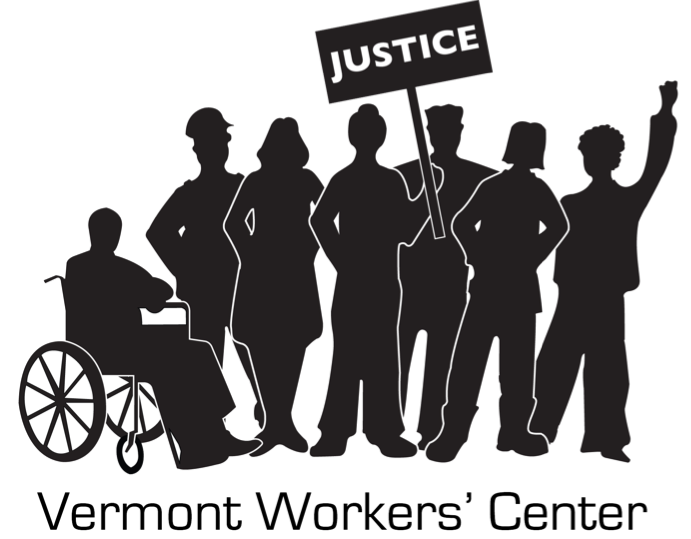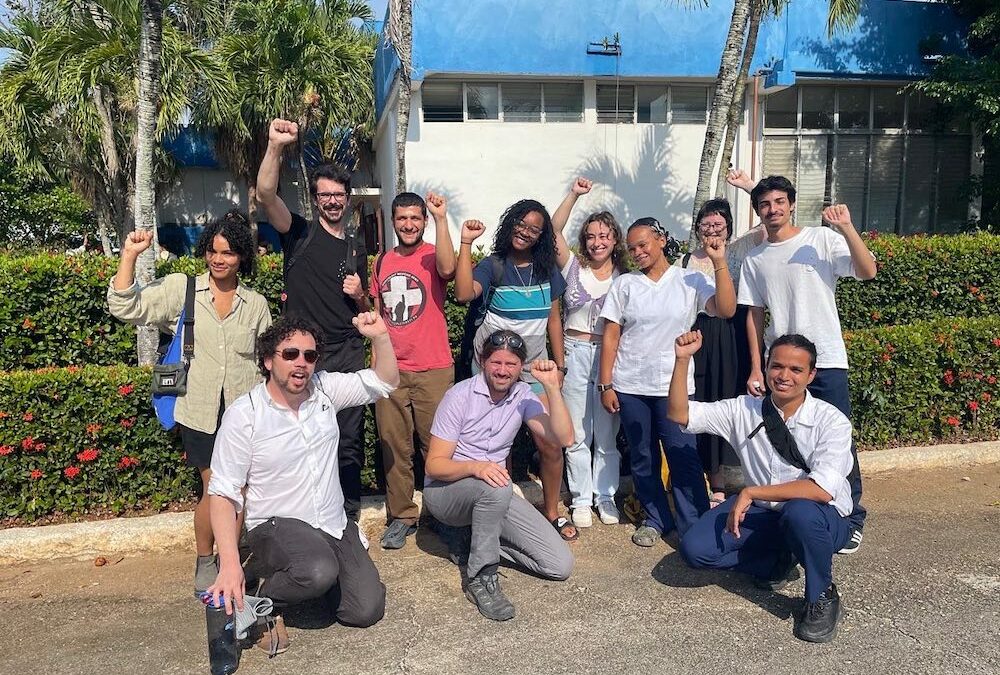This commentary by was published in VTDigger and the Times Argus, Rutland Herald, Bennington Banner, and Caledonian Record.
With the Green Mountain Care Board’s approval of health insurance rate hikes on Aug. 8, premiums for Blue Cross individual plans have doubled in the decade since Vermont Health Connect was established.
Health care costs are skyrocketing. Medical debt is rising. And providers are burning out and quitting the profession. Vermont’s health care system is “a village on fire,” as one representative put it this spring.
No amount of tinkering will solve this crisis. In the fight for the right to health care, it’s “The People vs. Wall Street.” And it’s time for elected officials to choose sides.
Drug prices are a major driver of health care costs, reflected in insurance rates and hospital budgets. Buoyed by outrageous patents on essential medicines such as the Covid vaccine, pharmaceutical companies are a major source of investment for finance capital, with boards of directors controlled by Wall Street’s big players.
Hospital prices are another driver of high costs. Yet UVM Health Network’s budget filings show that the real decision-maker isn’t CEO Sunil Eappen, but the bond rating agencies on Wall Street who use the threat of a downgrade as a weapon to shape the network’s policies.
Their priorities? High patient revenue secured through lucrative procedures such as elective surgeries, a massive pile of cash-on-hand, endless construction projects, and, somewhat paradoxically, retaining hundreds of expensive traveling staff in order to weaken the unions.
Primary care, mental health and recovery support services aren’t priorities for rating agency analysts, the hired hands of investors who own the hospital network’s debt. Small wonder that UVM Health Network’s accountable care organization, OneCare Vermont, has failed to invest in these and other community health needs.
Which leads us to the state budget. Ratings agencies like Fitch and Moody’s are the biggest fans of Vermont’s All-Payer ACO model because of its aim to reduce Medicaid spending growth.
Proposals to increase public-sector spending — say, to fund Vermont State University to train up thousands more nurses, or provide permanent housing for unhoused residents — run smack against the austerity program demanded by the investors who own Vermont’s debt. We can only guess what ratings agency analysts said to then-Gov. Shumlin as he abandoned Vermont’s plan to guarantee health care as a public good back in 2014.
Today, Gov. Phil Scott and Senate Appropriations Chair Jane Kitchel are the local enforcers of this program coming from Wall Street. Decision-makers in Congress and all 50 states face the same pressures — evidenced by the decision to throw 20 million-plus people off Medicaid while bailing out Silicon Valley Bank and increasing military spending for Wall Street’s new cold war with China.
We’re witnessing a moral revival in this country committed to ending poverty, racism, militarism, the denial of health care, and other social evils. Millions of people in Vermont and around the country know that the resources are at hand to accomplish these tasks, and the only thing standing in the way of ending poverty is a lack of political will by those in power to stand up against Wall Street
With elections a little over a year away, where will Vermont’s candidates stand on this great moral question of our time? How will they organize themselves in the Statehouse and Congress to break out of the austerity trap? In “The People vs. Wall Street,” which side are they on?
Griffin Shumway is a public school teacher who lives in White River Junction and a volunteer leader with the Nonviolent Medicaid Army.

